The primary goal of portrait photography is to capture an individual’s personality, mood, and expressions. It gives importance to people who can be smiling kids, reflecting artists, or happy couples. Powerful testimonies are created from such photographs, which often become memories in their own right. A great photograph in portraiture never depends solely on one’s technical knowledge of camera operation; using the appropriate photo tools helps.
Having the correct set of tools makes a significant difference between amateur and professional output. From lens selection to the most suitable lighting and down to software, each tool helps highlight the best in your subject.
Table of contents
- Camera Essentials for Portraits
- Must-Have Lenses for Stunning Portraits
- Lighting Gear That Makes a Difference
- Basic Lighting Placement Tips
- Tripod for Portrait Photography: Why Stability Matters
- Free Portrait Photography Tools & Accessories
- 20 Free Lightroom Presets for Portraits
- The Professional Portrait Photographers Collective Vol. 1
- An Essential Guide To Learning Flash Portrait Photography
- Street Faces: How To Take Street Portraits
- 30 Free Photoshop Actions for Family Portraits
- 8 Unique Free Portrait Photoshop Actions
- The Heart of Portraiture by Don Giannatti
- Conclusion
Camera Essentials for Portraits
Choosing a camera first is the best step to a beautiful portrait. Sometimes, you might not require the best equipment, but several features will go a long way.
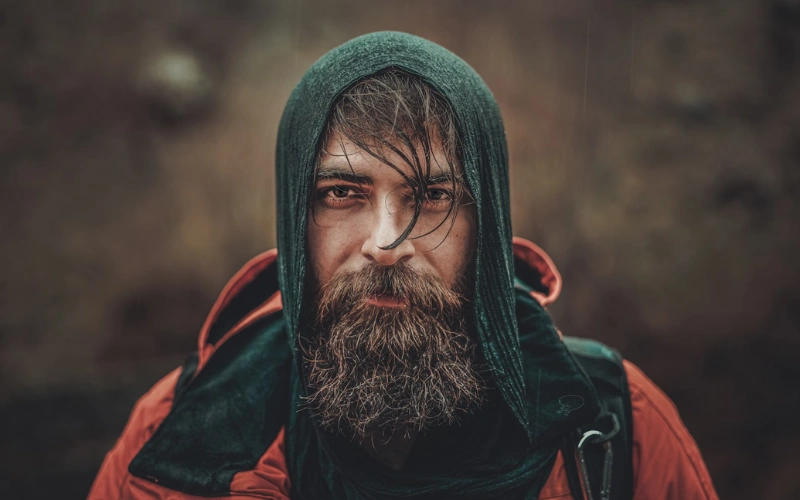
1. Full Frame vs Crop Sensor
- Full-frame cameras offer large sensors. This benefits you by providing a smoother background blur (known as bokeh) or improving low-light performance.
- Crop sensor cameras will be cheaper and lighter. Best for beginner-level photographers, their lenses are something you will have to adjust to with the crop sensor.
If you can afford full-frame cameras, do it. This will give more depth and excellence to your portraits.
2. Lens Compatibility
Check that the camera you pick is compatible with lenses designed for portrait work. Since different brands use different mounts, always verify that the lens you want to use fits your camera. Cameras with more lens options give you room to grow.
3. Color and Detail
A great portrait camera should capture natural skin tones and fine detail. Look for cameras with good resolution (many megapixels) and a wide dynamic range so the photo retains detail in both bright and very dark areas.
4. Make Sure You Pick the Right Lens
It’s said that for every good camera, there must be a good lens. For portraits, lenses such as 50mm, 85mm, or even 135mm may be suitable. They are often regarded as the best lenses for portrait work because they render faces naturally and effectively blur the background. These are referred to as standard portrait photography lenses and are essential for any serious portrait work.
Also read: 13 Easter Portrait Ideas for the Perfect Spring Photos
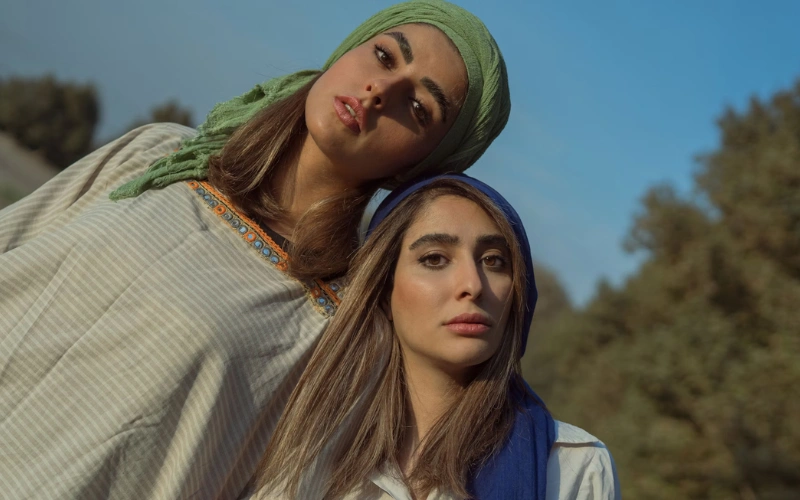
Must-Have Lenses for Stunning Portraits
One important aspect of portrait photography is selecting the right lens. The lens you choose can alter how the person appears or how their surroundings look in the picture. So, what lens would be fantastic for portraits?
Ideal Focal Lengths for Portraits
The most common focal lengths for portrait photography are 50 mm, 85 mm, and 135mm. These lenses help you capture crisp, flattering photos without altering the appearance of your face or making it look distorted.
- 50mm– An all-rounder for the everyday style of shooting. It provides a natural appearance that closely approximates what your eyes see.
- 85mm– Usually known as the “perfect portrait lens.” It creates a soft bokeh and flatters the face.
- 135mm– Usually used for outdoor portraits. It makes the background blur even more and is excellent if you want to keep some distance away from your subject.
All excellent choices if you were wondering about the best lens for portraits.
Check out: How To Sell Stock Photos Online | Top 10 Websites To Earn Money
Prime Lenses vs. Zoom Lenses
When buying lenses for portrait photography, you will typically notice two types, which are rightly categorized as either prime lenses or zoom lenses.
Prime Lenses
- They have one fixed focal length (such as 85mm).
- Usually sharper, lighter, and with wider apertures (suitable for low light and bokeh).
- Advantages: Better image quality, a more pleasing splotchy background blur, and generally lower cost.
- Disadvantages: You cannot zoom in or out; instead, you must physically walk in or out to frame your shot.
Zoom Lenses
- These lenses permit zooming in and out (such as the very 24-70mm zoom point).
- They offer the highest degree of flexibility, especially when you cannot move much.
- Advantages: One lens can do the job of many.
- Disadvantages: Usually bigger and heavier, and sometimes less sharp up close compared to primes.
Both can be used for portraiture, but good prime lenses tend to hold sway among most professionals who prioritize the very best results.
Also read: 13 Creative Black and White Photoshoot Ideas [Tips for Gorgeous Results]
Lighting Gear That Makes a Difference
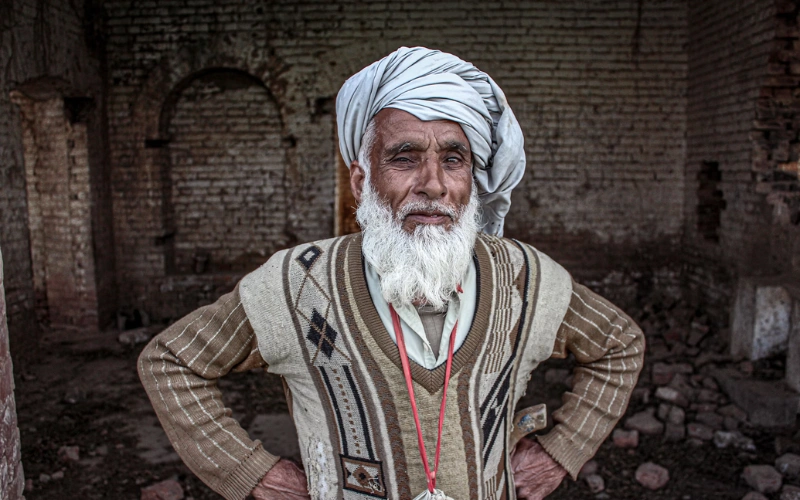
A well-designed lighting setup can significantly alter the overall feel of a portrait. Think soft skin, gleaming eyes, and the unmistakable dub of a professional shoot. Some of the go-to tools when it comes to lighting for portrait photography:
1. Softboxes
Softboxes are a very popular tool among portrait photographers. This is because they offer an even light spread that softens the light, helping to reduce the harsh shadowing on the face. They will go well with indoor shoots and studio work.
- Budget tip: Start with a small softbox that attaches to your flash or light stand.
2. Reflectors
Reflectors throw light back onto the subject. If one side of the face seems too dark, you can place a reflector to add some fill without turning on another bulb or flash.
- Best for use: Great for outdoor shoots or window light.
- Budget option: 5-in-1 reflectors that fold up and come with multiple surface finishes (white, gold, silver, etc.).
Check out: 180+ Must-Read Photography Quotes for Creatives
3. Ring Lights
Ring lights are circular lights that provide even illumination around a subject’s face. It looks very smooth and bright, with an attractive catchlight (a glow) forming in the eyes.
- Favorites: This lighting is favored by beauty photographers, vloggers, and first-time users due to its ease of setup.
- Budget tip: There are plenty of terrific ring lights available online that cost under $50.
4. Speedlights/ Flashes
Speedlights are little flashes that attach to your camera or any light stand. Unlike the camera’s built-in flash, they provide much more power and control.
- Pro tip: Bounce the light off a wall or ceiling to soften it.
- Budget option: Godox or Neewer provides reasonably priced units.
5. Natural Light Modifiers
Modifiers help guide sunlight during an outdoor shoot or with window light.
- Examples Include Diffusers for harsh sunlight, white curtains for window light, or even something as simple as a sheet of white cloth.
- Why do you use it? There is no electricity, just the sun and something to shape the light.
Check out: What is Aesthetic Photography | Elements, Tips & Examples
Basic Lighting Placement Tips
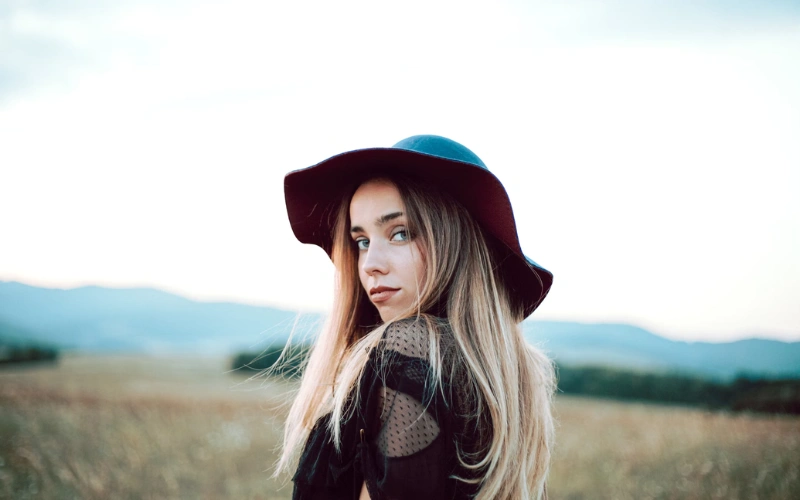
How you place your light is just as important as the gear you use. A few setups:
- At 45 Degrees: Position your leading light about 45 degrees away from the side being illuminated. This will create soft shadows, adding depth to the face.
- Catchlight Checklist: Ensure the light is reflected in your subject’s eyes, as this helps make the eyes appear alive.
- Backlighting: Keep your light behind the subject for some glowing edge effects. Great for dramatic portraiture or sunset shots.
Tripod for Portrait Photography: Why Stability Matters
The tripod is one of the essential tools in portrait photography. The use of a tripod in photography helps keep the camera steady, resulting in a sharper image. Often, when someone takes an image, and it comes out blurry, they may have been holding the camera a bit shaky while shooting. Hence, this is a case that can be solved using a tripod.
A tripod can bring a lot of control during portrait work. Options allow you to adjust the camera angle, set focus, and communicate with your models; you can even shoot without holding the camera. This is particularly handy when working in controlled studio setups or when using slow shutter speeds in low-light conditions.
Don’t forget to check out: Quick Fix Kit For Portrait Sessions
Best Tripod Features: Studio or Outdoor Use
- For Studio-like Use
Consider the strongest and heaviest tripod you can find. You don’t move around much, so weight is hardly an issue. Center columns that can be raised and lowered are helpful in really fine-tuning composition.
- For Outdoor Use
The more lightweight and carry-friendly, the better! Carbon fiber tripods excel in this respect, as they are both strong and lightweight. Ensure it folds up compactly and that the leg locks function properly on uneven ground.
Also read: Aesthetic Profile Picture Ideas for Every Platform + Bonus DP Inspirations
Free Portrait Photography Tools & Accessories
20 Free Lightroom Presets for Portraits
Fast and professional adjustments can be made on any portrait shot with the 20 free Lightroom presets for portraits. Whether editing skin tones, lighting, or applying a real mood, it’s a single click to edit and achieve great results.
The presets are suitable for all types of portrait photography, whether studio or outdoor, as well as lifestyle. Would you be interested in proposing the download and speeding up your editing workflow so that your final portraits stay clean and eye-catching?
The Professional Portrait Photographers Collective Vol. 1
If you want to enhance your portrait photography skills, this free bundle is a definite must-have. It outlines tips, posing guides, lighting set-ups, and editing ideas from top photographers in the industry.
This pack will offer a wave of fresh ideas and techniques to help you position yourself as the creator of worthy portraits, from stylized ones that cater to the higher end to everyday ones with a touch of artistry. It’s completely free, incredibly easy to download, and packed with so much content that it will spark inspiration for your next photo session.
An Essential Guide To Learning Flash Portrait Photography
Enhance your portraits with flash but don’t know where to start? This free guide is ideal for beginners looking to learn the fundamentals of using flash in portrait photography. It deals with working with light, controlling shadows, and getting better results in different lighting situations.
Depending on your shoot, be it indoors or outdoors, this guide will show you how to use flash to give your portraits a professional look. Portray your subjects with brilliance: download this valuable tool for free!
Street Faces: How To Take Street Portraits
Street Faces is a free guide for any photographer interested in capturing authentic and sincere moments in public settings. Public portraiture combines approaches to strangers, shot framing, and aesthetic storytelling.
The guide will provide practical tips and confidence-boosting advice to beginners in street photography or those looking to refine their skills in outdoor portraiture. It will be a valuable addition to your setup for portraiture, particularly when you prefer capturing raw, unscripted moments.
30 Free Photoshop Actions for Family Portraits
These free Photoshop actions will enhance your family pictures with warmth, polish, and a polished look. Whether it’s indoor or outdoor photos, the pack acts as a one-click tool to quickly adjust skin tones, exposure, and overall color balance in just a matter of seconds.
This is ideal for beginners with forget-me-nots or for professionals seeking to save time without compromising on beautiful results. Imply that the click will be the key to giving these portraits a soft, clean, or vintage feeling. These are essential for anyone working with family or group photos.
8 Unique Free Portrait Photoshop Actions
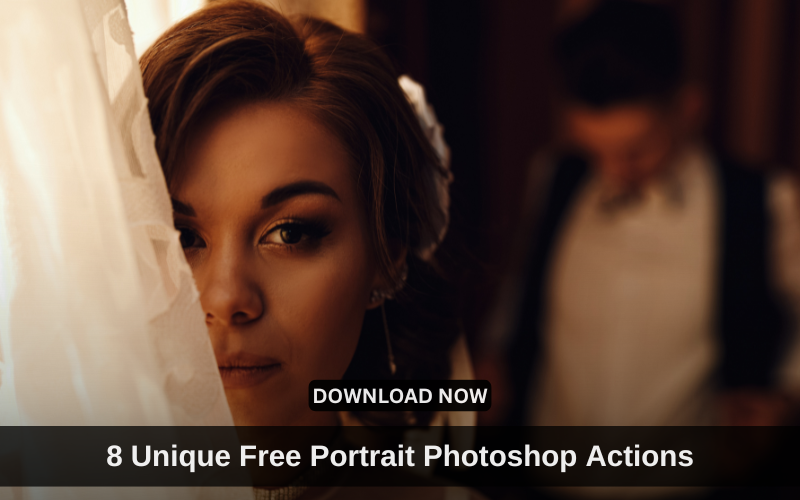
These free Photoshop actions are perfect for adding creative and professional finishing touches to your portraits with just a simple click. From soft, dreamy looks to bold, high-contrast styles, this package offers a variety to match all moods and lighting conditions. They are simple to work with, even for novice editors. Incorporate them into your workflow to save time and effortlessly bring some sorely needed personality to your portrait photography.
The Heart of Portraiture by Don Giannatti
A free guide by Don Giannatti is a must-have for starters in portrait photography. The guide primarily focuses on the emotional aspect of portraits and how to capture the inner side of the subject and convey it effectively.
Learn straightforward yet impactful tips on lighting, posing, and storytelling. Whether natural or studio light setups, the information will enable you to create significant portraits. It is an excellent addition to your toolbox for portrait photography, particularly if you want to learn how to move beyond technical knowledge at some point.
Conclusion
In portrait photography, selecting the ideal tools does help in numerous ways. From cameras and lenses to lighting and tripods, every piece plays a crucial role in helping you capture better pictures. We also discussed some other valuable tools, such as Lightroom presets and portrait retouching software, that can add a finishing touch to your images.
There is no need to buy everything at the start. Start with the basics: a good lens or a simple light, and then begin building your kit. Select tools that align with your style, shooting environment, and the type of portraits you enjoy creating.
If you find this blog helpful, check out more:
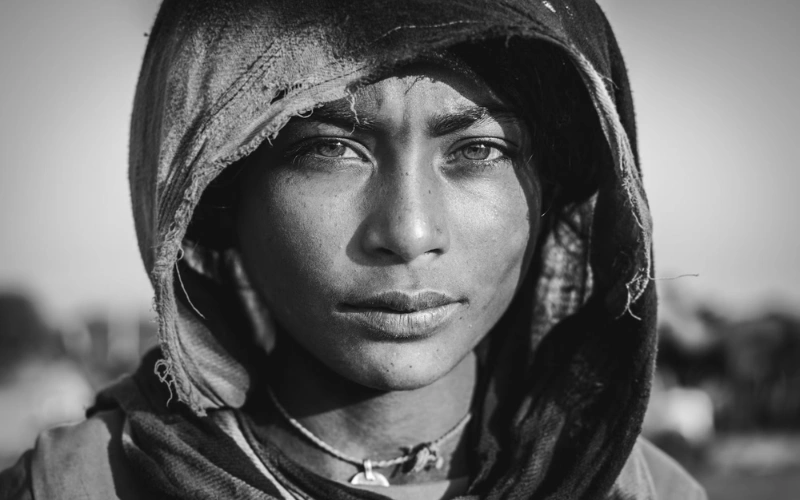
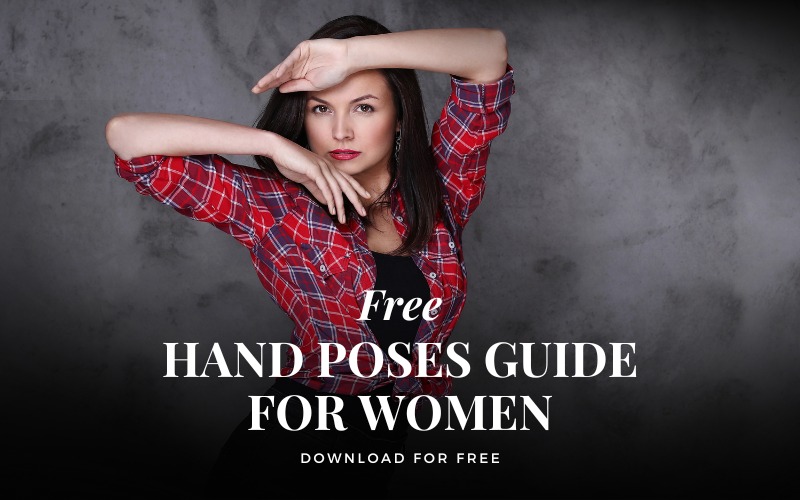
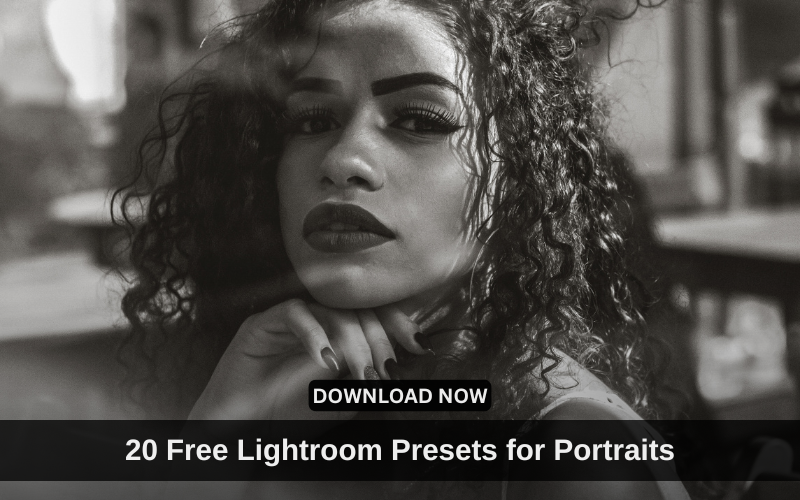
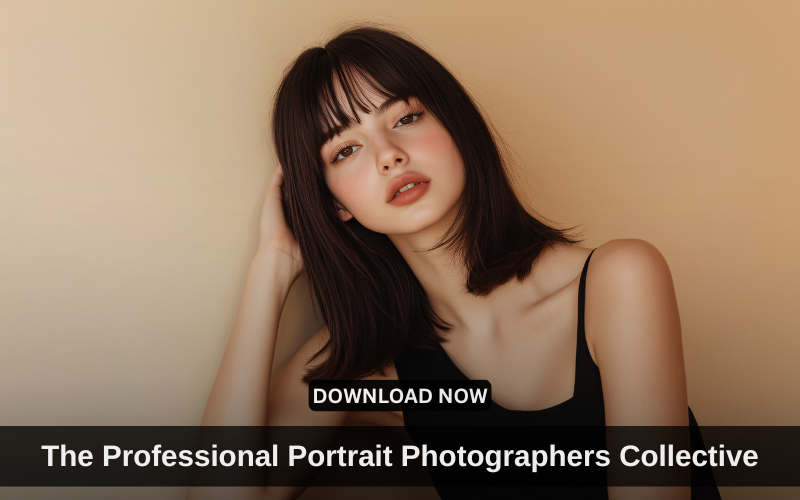
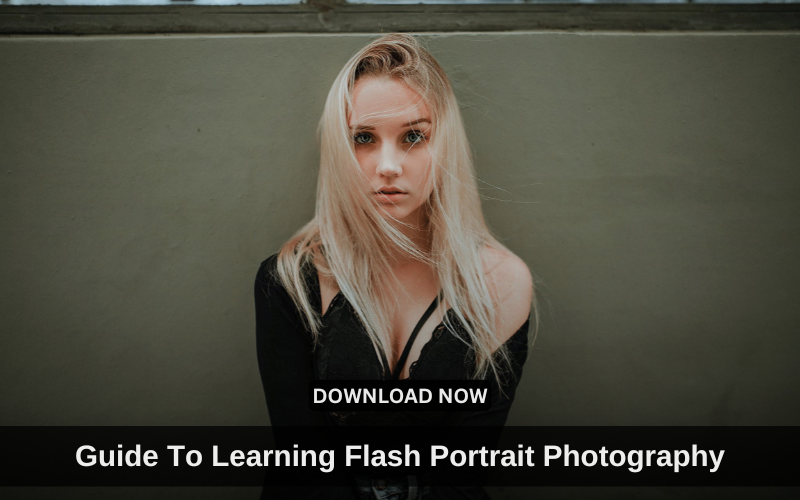
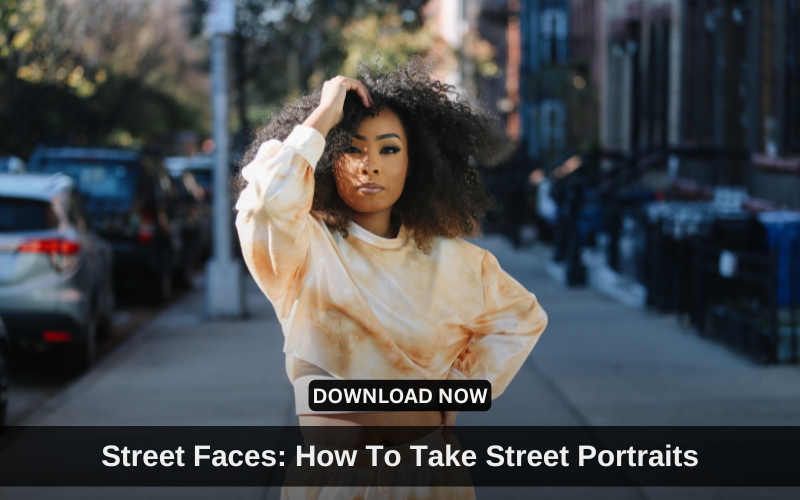
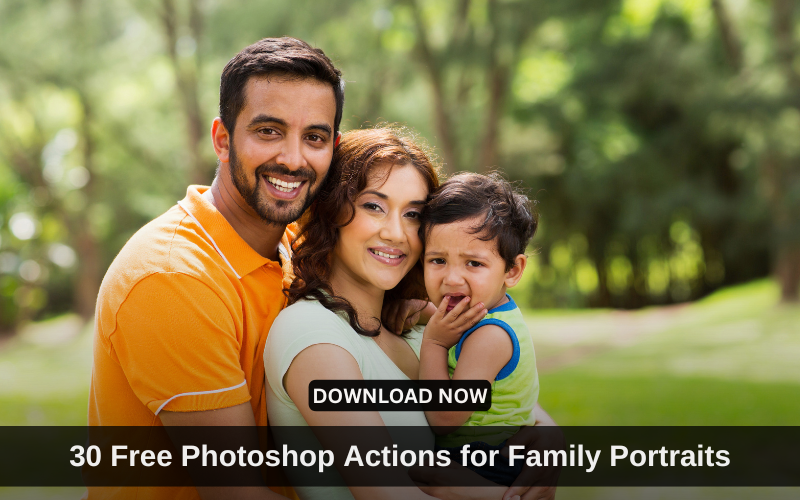
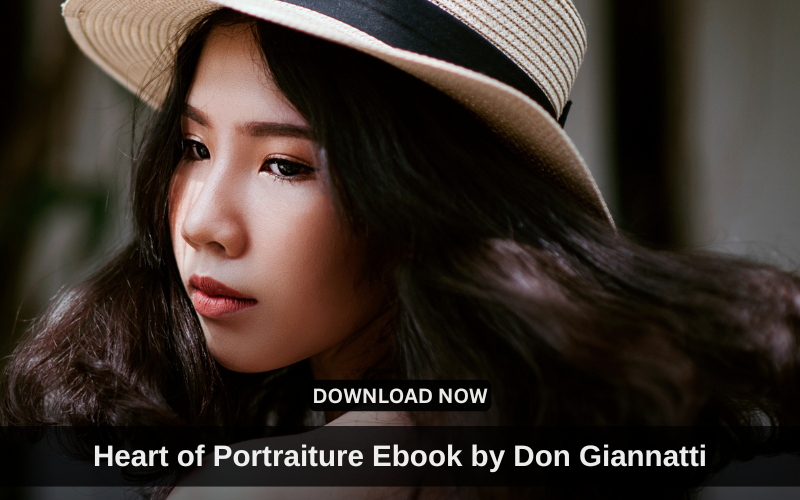
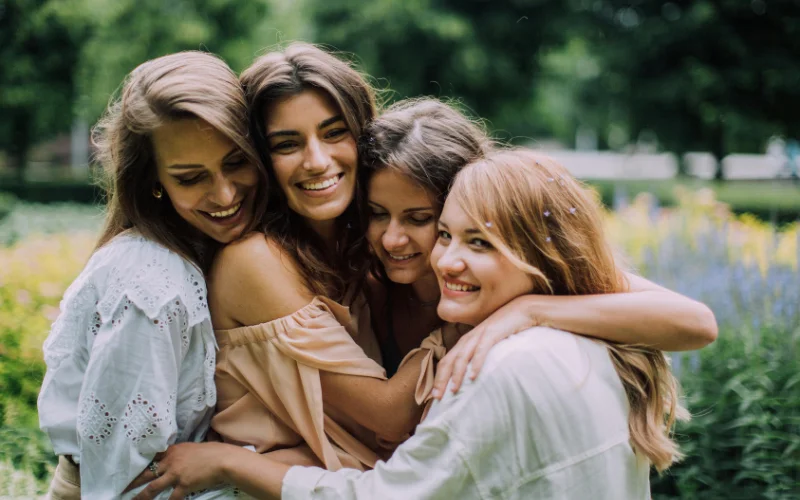

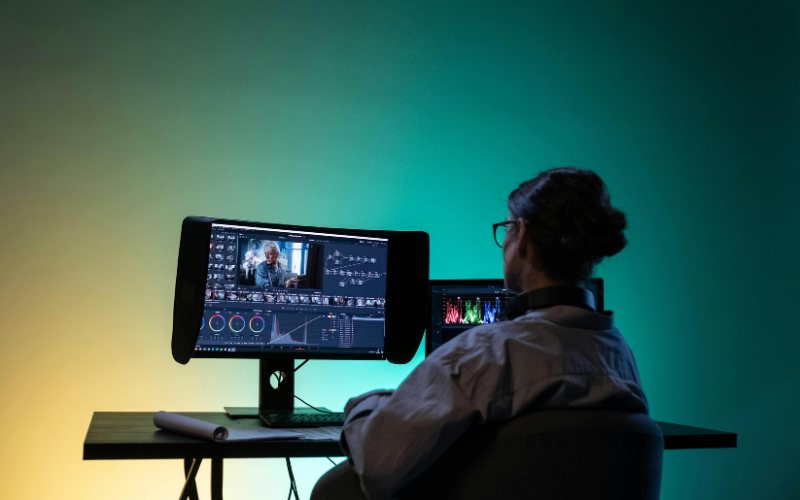


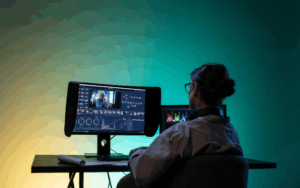
1 Comment on “15 Portrait Photography Tools Every Photographer Should Own”
This guide is a total gem—Photowhoa really nails it by offering everything a portrait shooter might need: retouching actions, Lightroom presets, posing guides, plugins, and even full courses. It’s rare to find such a one-stop source for boosting both creative and technical skills, whether you’re a hobbyist or pro looking to level up.